- JEFFREY LANDMAN DESIGNS - OBJECT - ROOM - BUILDING - TEXT -
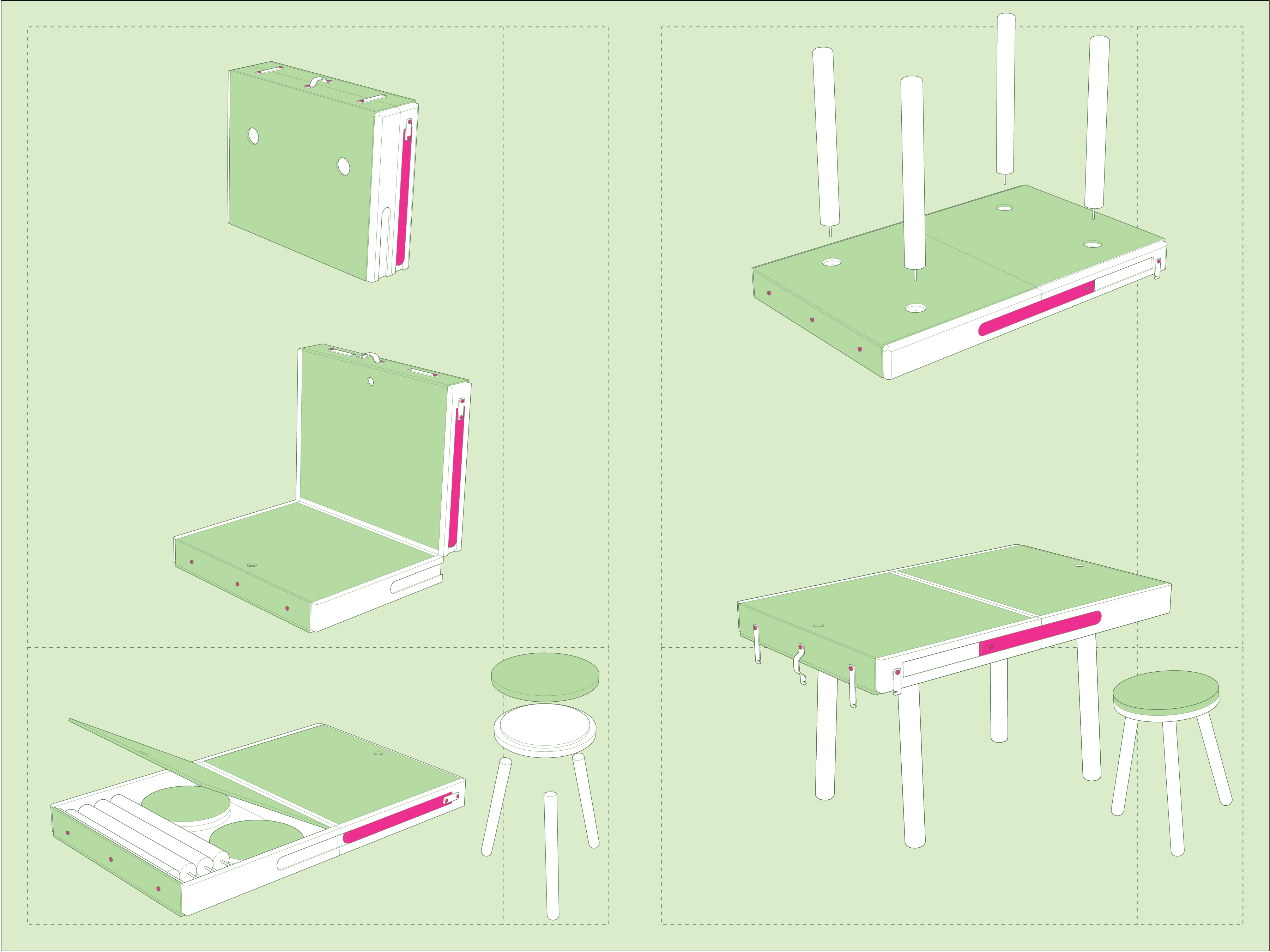
01. concept diagram
![]()
02. hinge detail
![]()
03. socket block detail
![]()
04. research detail
![]()
05. research detail
![]()
06. research detail
![]()
07. research detail
![]()
08. research detail
![]() 09. research detail
09. research detail

02. hinge detail
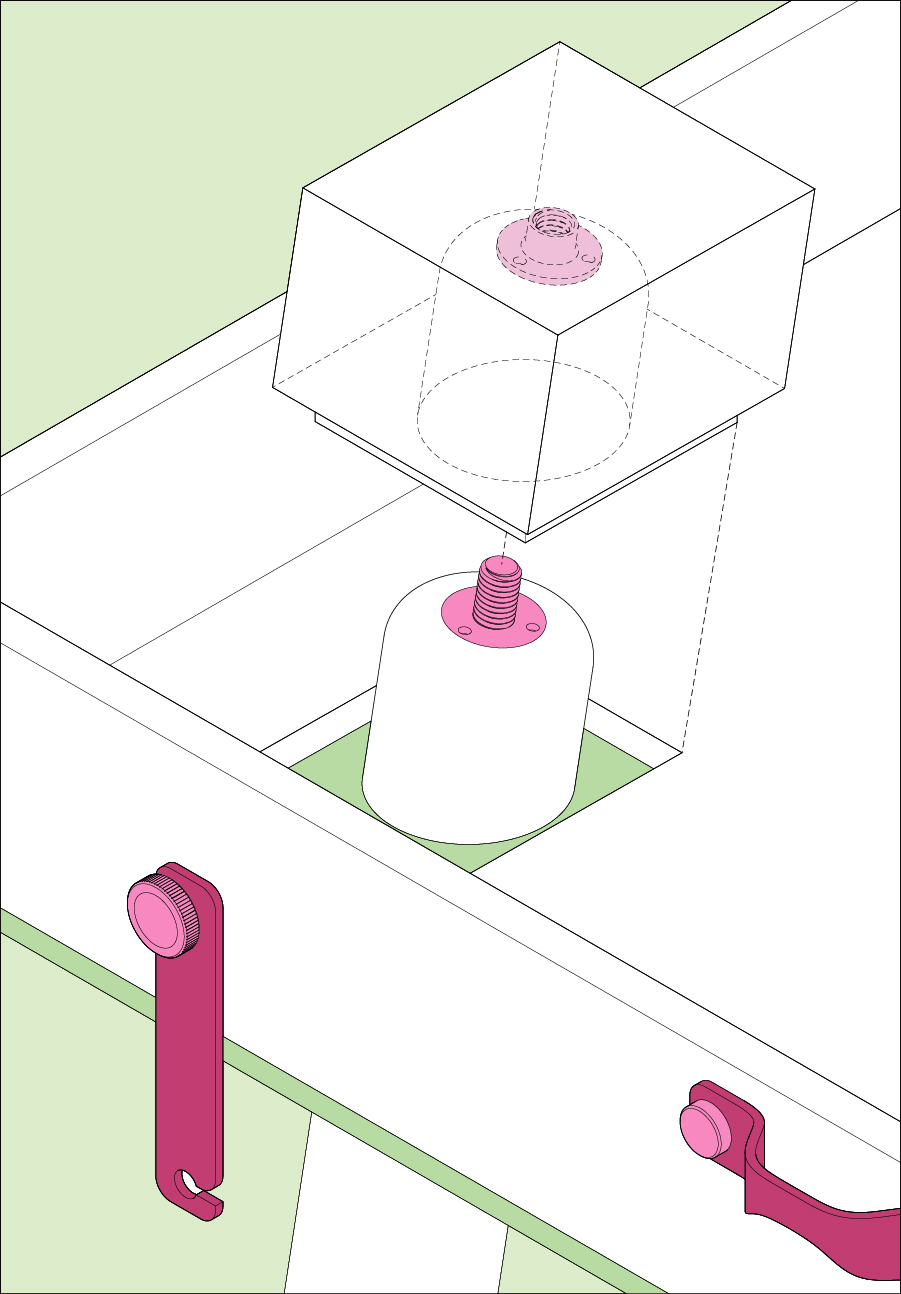
03. socket block detail

04. research detail

05. research detail

06. research detail

07. research detail

08. research detail
 09. research detail
09. research detail
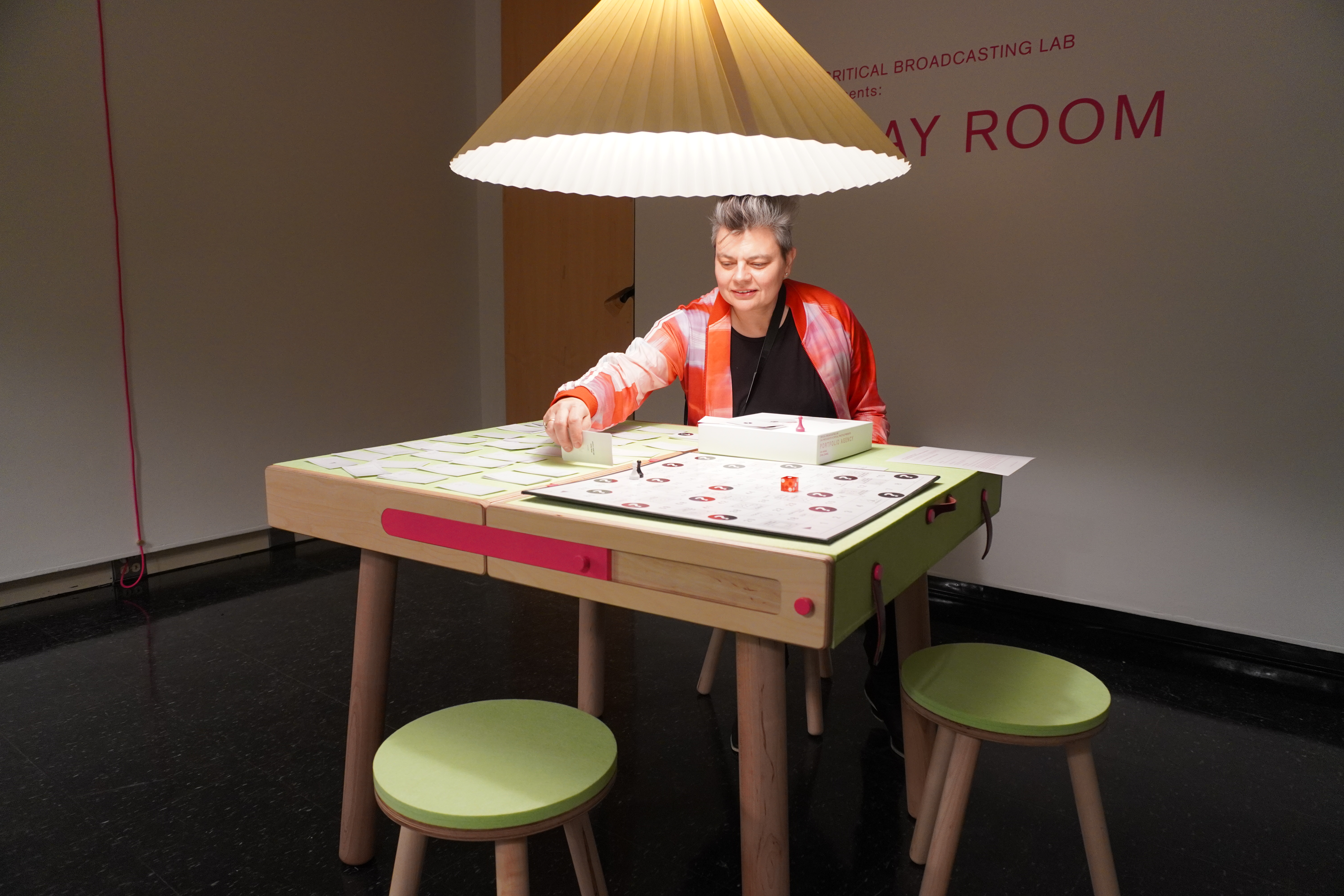
01. installation

02. installation
![]()
03. med. table
![]() 04. lrg. table
04. lrg. table
![]() 05. sm. table
05. sm. table
![]()
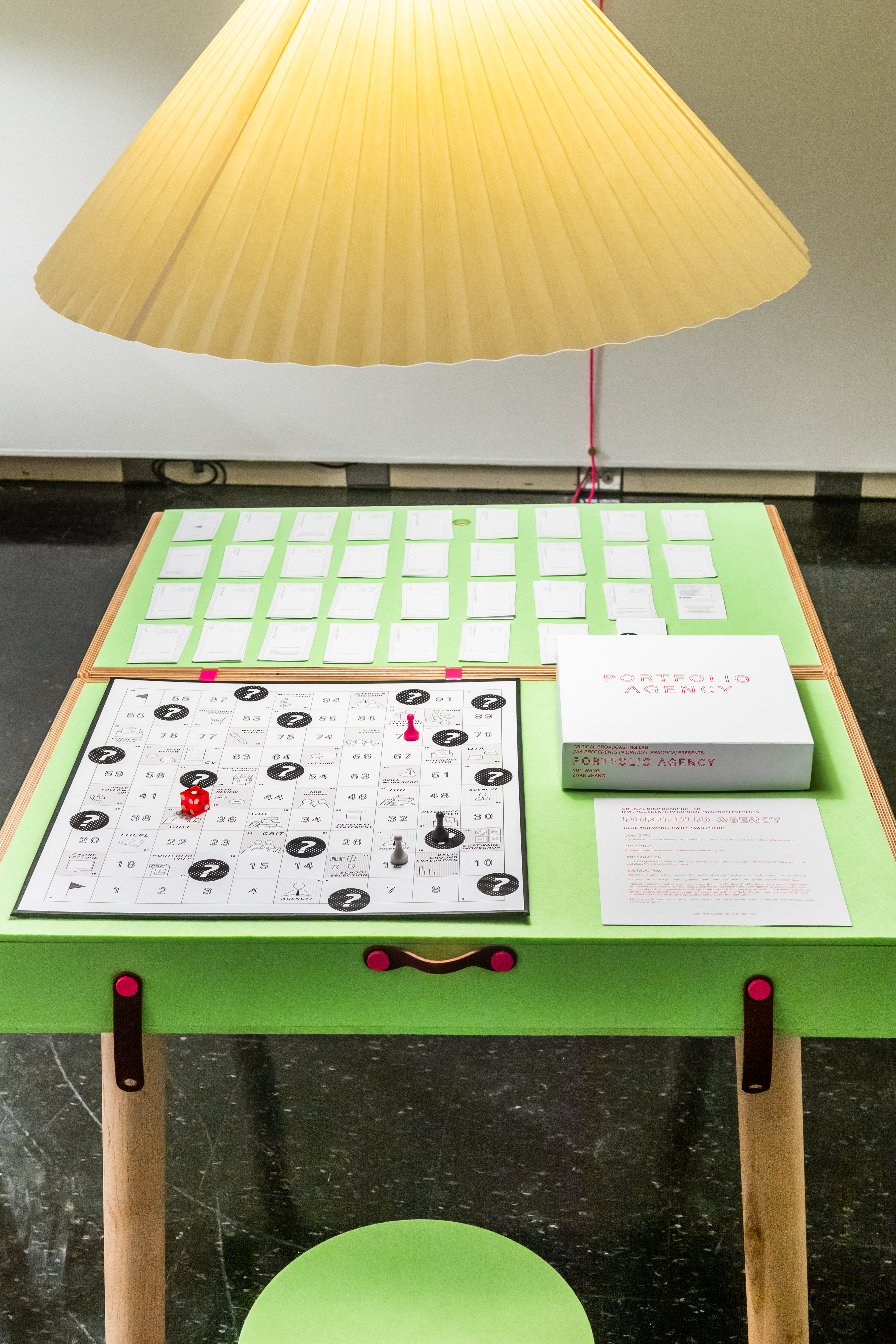
03. med. table
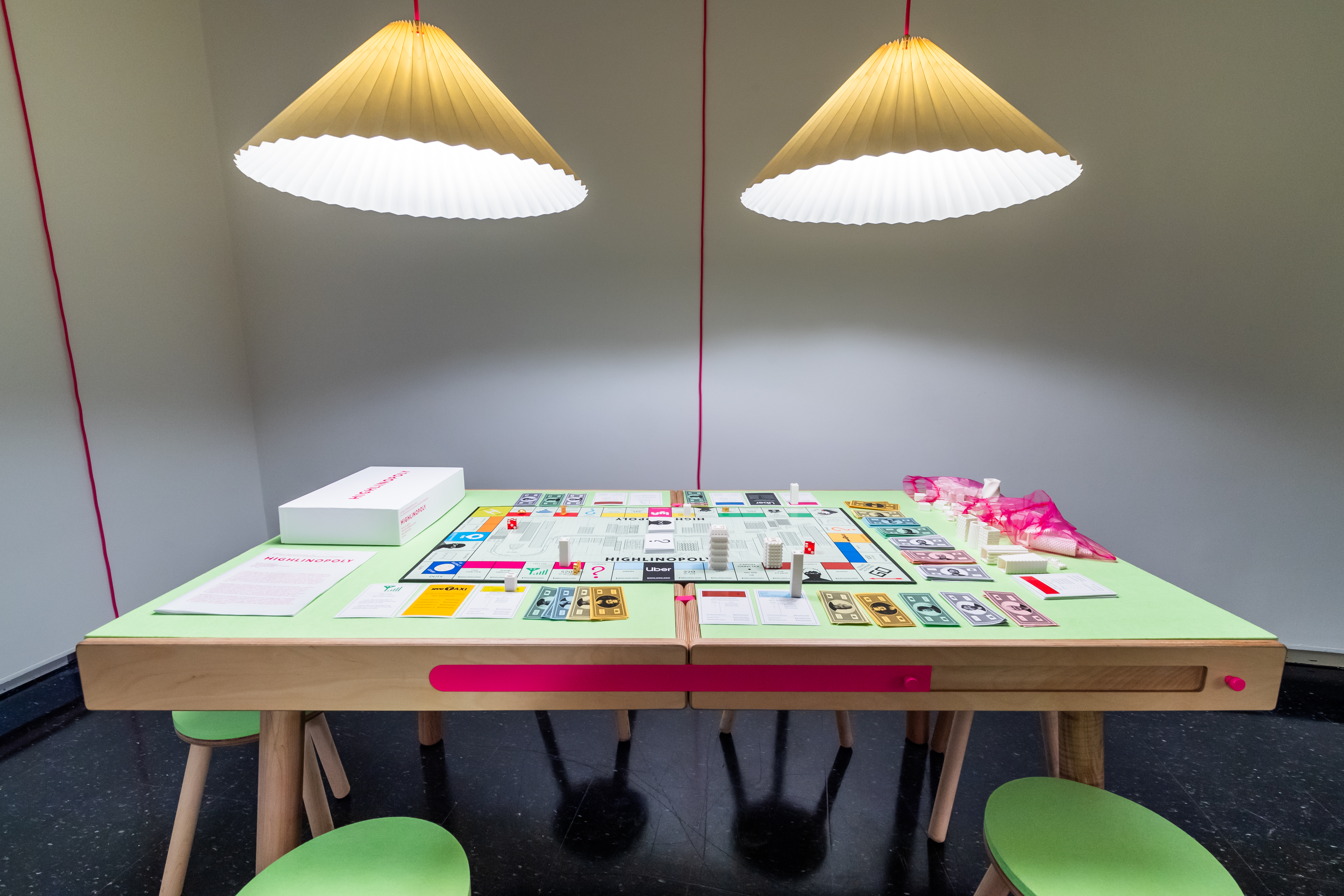 04. lrg. table
04. lrg. table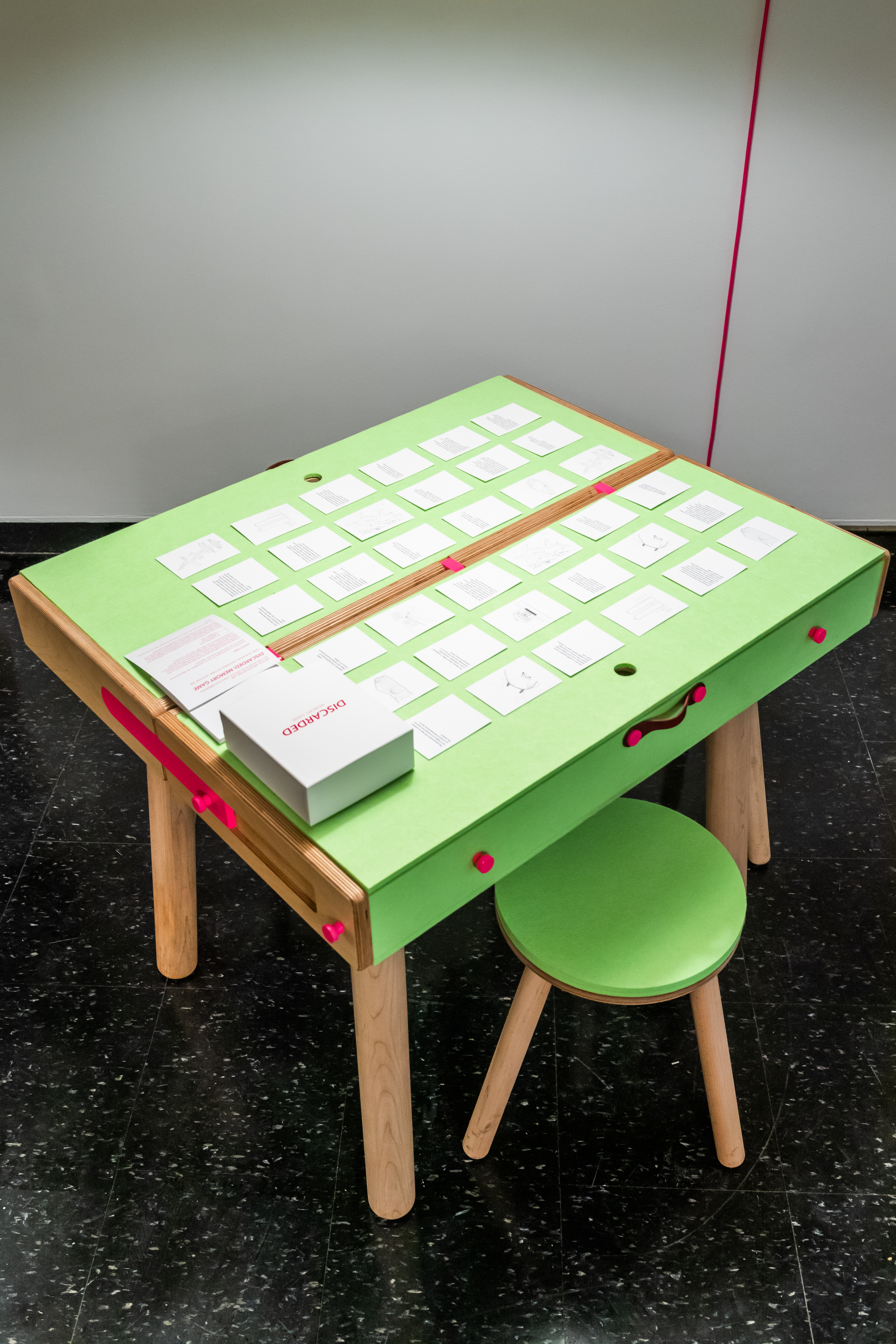 05. sm. table
05. sm. table
06. hinge detail

07. lamp detail
![]()
08. handle detail
![]()
09. unpacking
![]() 10. contained parts
10. contained parts
![]()
11. packed valises

08. handle detail
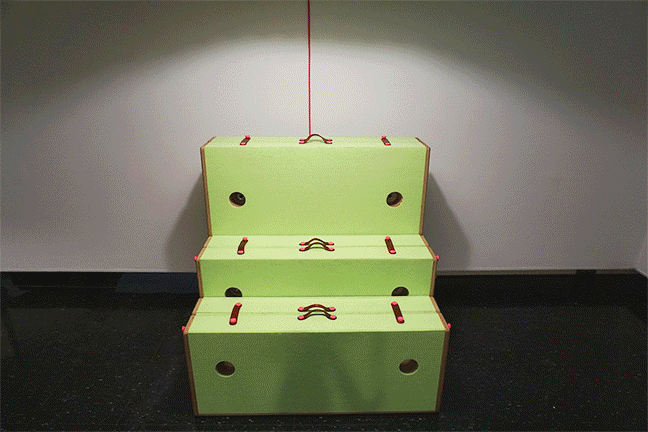
09. unpacking
 10. contained parts
10. contained parts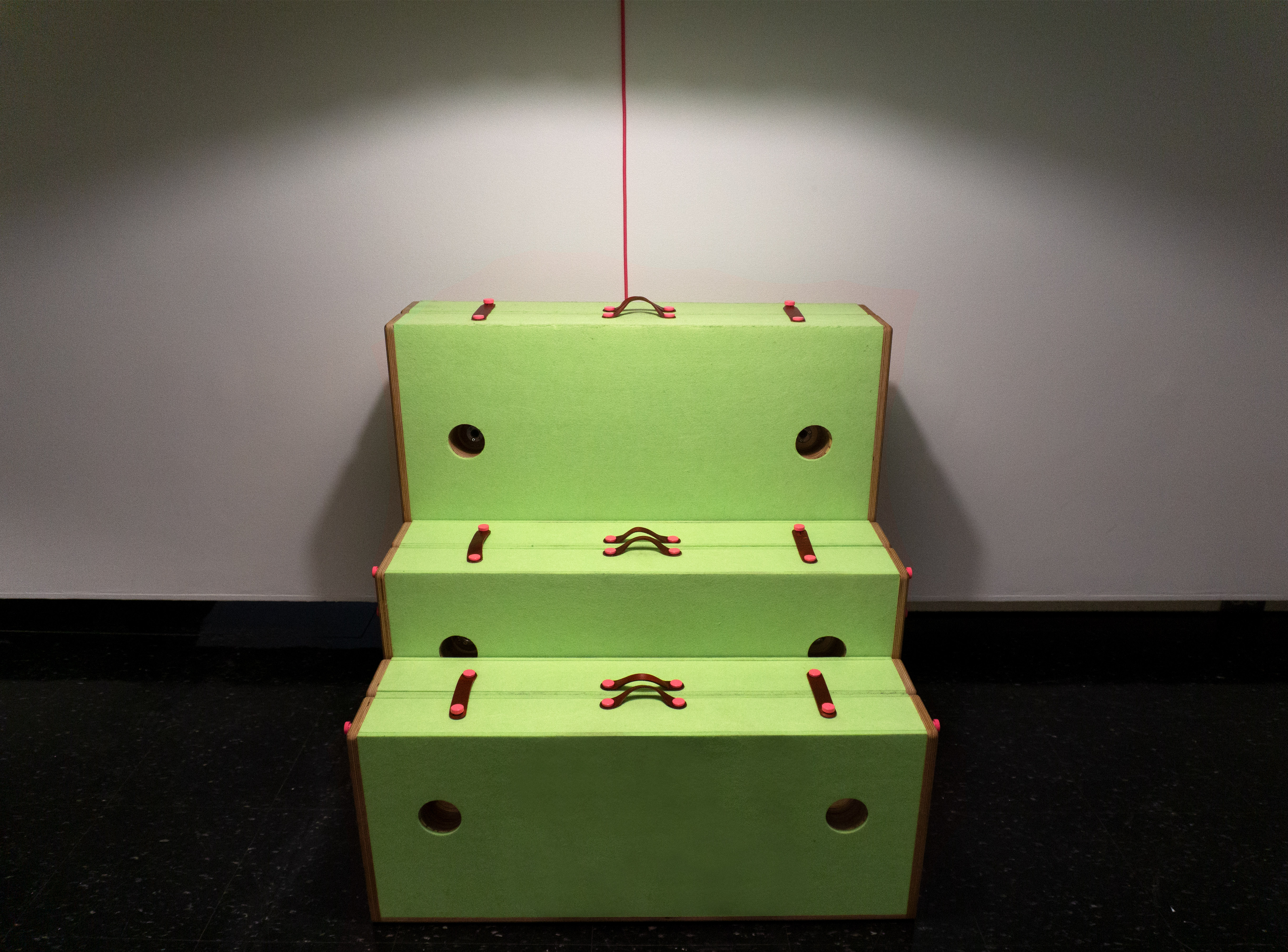
11. packed valises
R.05
PLAY ROOM
Type:
Exhibition
Role:
Design, Fabrication
Location:
Keller gallery, M.I.T.
Date:
February 2020
For:
Ana Miljacki’s Critical Broadcasting Lab
With assistance from:
Trevor Nathaniel Herman Hilker, Jung In Seo, Sacha Moreau, Chris Dewart
PLAY ROOM is an exhibition of architectural games by the Critical Broadcasting Lab. I designed and fabricated the exhibition over 6 weeks in January 2020.
PLAY ROOM is furnished with folding, transportable games tables, which store knock-down stools and lamps. Through their deployability, materiality, and construction details, the pieces speak to a lineage of furniture that has defined the military encampment, the Victorian parlour, the casino and the corporate board room.
The table and the chest and the chair are cultural objects re-deployed across empire as instruments of power. The folding desk, for example, was a mainstay of military and colonial campaigns, from ancient Rome to the 19th century. Various folding mechanisms facilitate this deployment: in PLAY ROOM, the custom hardware, powder coated pink, calls upon and ironizes this history.
The green felt of the games table emerged out of the Industrial Revolution: the Factory Acts of 1833 and 1844, which regulated the work hours of children and women, precipitated socialized leisure activities. Folding games afforded this new found free time; they can be read as constructs of class consciousness, reform ideology, extractive economics, and the colonial apparatus. Games tables often used “exotic” woods and textiles from colonized territories - the Mahjong parlor and the Victorian parlor meet at the felted green surface.
While PLAY ROOM’s furniture works-through these histories of materialized power and protocol, its color, shape and proportion also invite youthful abandon. The sitting height of the table and stool are calibrated to induce the slight hunch of an adult engaged in child’s play.
R.05
PLAY ROOM
Type:
Exhibition
Role:
Design, Fabrication
Location:
Keller gallery, M.I.T.
Date:
February 2020
For:
Ana Miljacki’s Critical Broadcasting Lab
With assistance from:
Trevor Nathaniel Herman Hilker, Jung In Seo, Sacha Moreau, Chris Dewart
PLAY ROOM is an exhibition of architectural games by the Critical Broadcasting Lab. I designed and fabricated the exhibition over 6 weeks in January 2020.
PLAY ROOM is furnished with folding, transportable games tables, which store knock-down stools and lamps. Through their deployability, materiality, and construction details, the pieces speak to a lineage of furniture that has defined the military encampment, the Victorian parlour, the casino and the corporate board room.
The table and the chest and the chair are cultural objects re-deployed across empire as instruments of power. The folding desk, for example, was a mainstay of military and colonial campaigns, from ancient Rome to the 19th century. Various folding mechanisms facilitate this deployment: in PLAY ROOM, the custom hardware, powder coated pink, calls upon and ironizes this history.
The green felt of the games table emerged out of the Industrial Revolution: the Factory Acts of 1833 and 1844, which regulated the work hours of children and women, precipitated socialized leisure activities. Folding games afforded this new found free time; they can be read as constructs of class consciousness, reform ideology, extractive economics, and the colonial apparatus. Games tables often used “exotic” woods and textiles from colonized territories - the Mahjong parlor and the Victorian parlor meet at the felted green surface.
While PLAY ROOM’s furniture works-through these histories of materialized power and protocol, its color, shape and proportion also invite youthful abandon. The sitting height of the table and stool are calibrated to induce the slight hunch of an adult engaged in child’s play.

01. installation

02. installation

03. med. table
 04. lrg. table
04. lrg. table 05. sm. table
05. sm. table
06. hinge detail

07. lamp detail

08. handle detail

09. unpacking
 10. contained parts
10. contained parts
11. packed valises
 01. concept diagram
01. concept diagram
02. hinge detail

03. socket block detail

04. research detail

05. research detail

06. research detail

07. research detail

08. research detail
 09. research detail
09. research detail